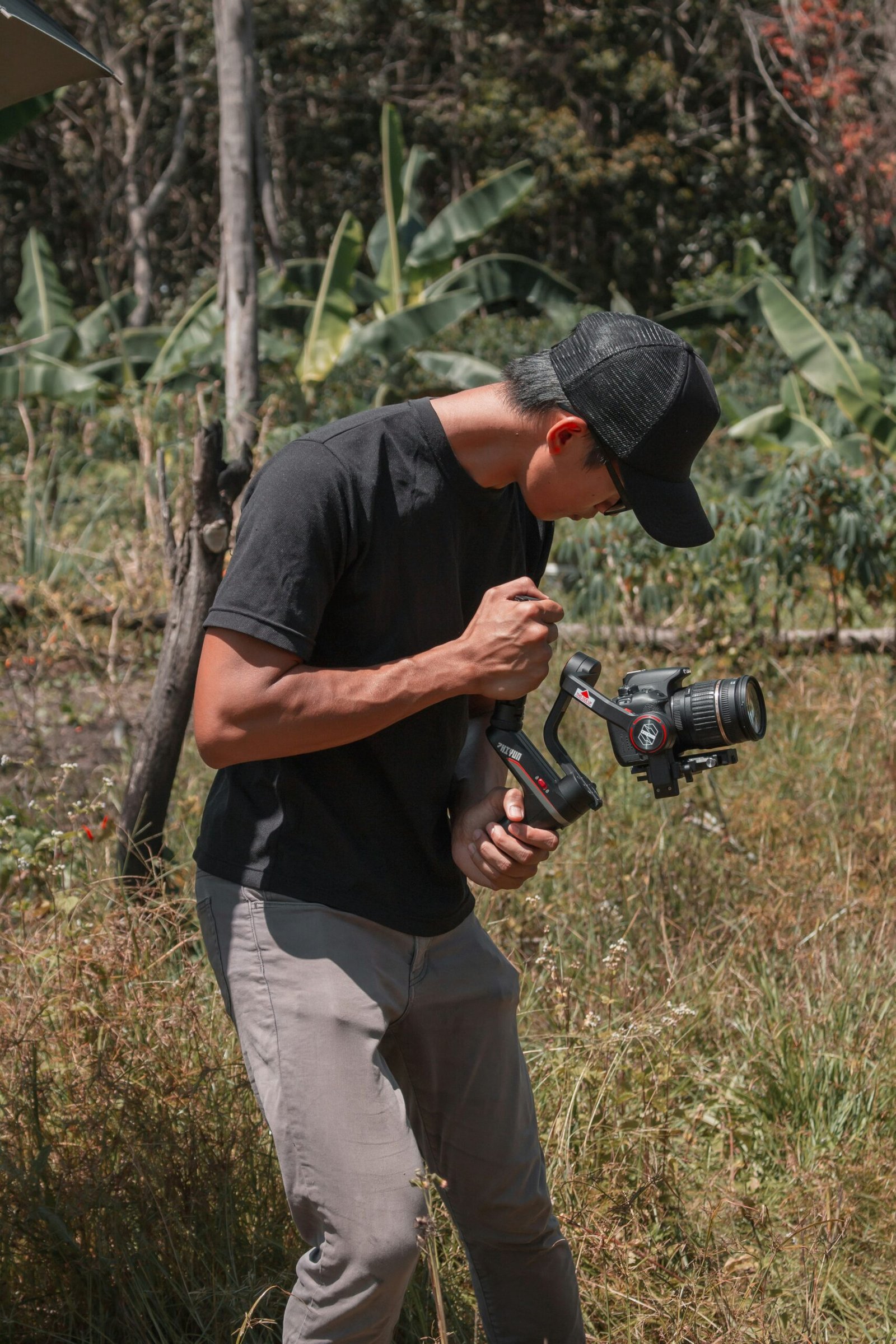Photography is a powerful medium that allows us to communicate and connect with others in a unique and visual way. It is often likened to a conversation between the photographer and the viewer, where each image tells a story. However, what makes photography truly fascinating is that the interpretation of these stories can vary based on the viewer’s perspective and experiences.
Just like in a conversation, photography involves two parties – the photographer and the viewer. The photographer acts as the storyteller, using their camera to capture moments, emotions, and narratives. They carefully compose each shot, selecting the subject, framing, and lighting to convey their intended message.
On the other hand, the viewer plays an equally important role in this photographic conversation. As they engage with the image, they bring their own experiences, emotions, and interpretations to the table. What the photographer intended to convey may not always align with the viewer’s perception, and that’s the beauty of photography as a conversation.
Photography has the power to evoke emotions, provoke thoughts, and spark discussions. A single image can have different meanings to different people. For example, a photograph of a child playing in a park may evoke feelings of joy and innocence for one viewer, while another viewer may see it as a commentary on the importance of outdoor play in a digital age.
Furthermore, photography allows us to capture moments and stories that words alone cannot express. It freezes a fleeting moment in time, preserving it for future generations to see and interpret. Whether it’s a candid street photograph, a breathtaking landscape, or a powerful portrait, each image has the potential to start a conversation.
Photography as a conversation is not limited to individual images. It extends to series or collections of photographs as well. A photo essay or a curated exhibition can tell a more comprehensive story, inviting viewers to explore different perspectives and narratives. The sequencing and arrangement of images can guide the viewer through a visual journey, encouraging them to reflect and engage with the photographer’s vision.
Moreover, the conversation doesn’t end with the viewer’s interpretation. Photography also allows for dialogue and exchange between the photographer and the viewer. In today’s digital age, social media platforms and online communities provide spaces for photographers to share their work and engage with a global audience. Viewers can leave comments, ask questions, and share their own thoughts, creating a dynamic and interactive conversation.
Photography as a conversation is a continuous process. It is not just about capturing and viewing images; it is about engaging with them, reflecting on them, and allowing them to inspire and challenge us. It is about using photography as a tool for communication, connection, and understanding.
So, the next time you look at a photograph, take a moment to consider it as a conversation. What story is being told? How does it make you feel? What does it mean to you? And most importantly, how can you contribute to the ongoing dialogue?
Remember, photography is not just about the image itself; it is about the conversation it sparks.




